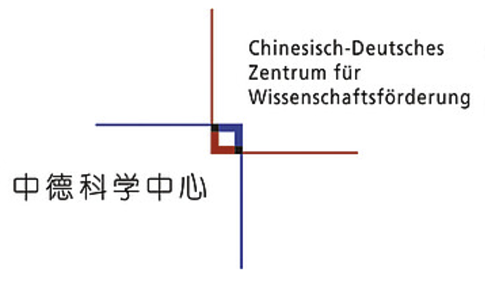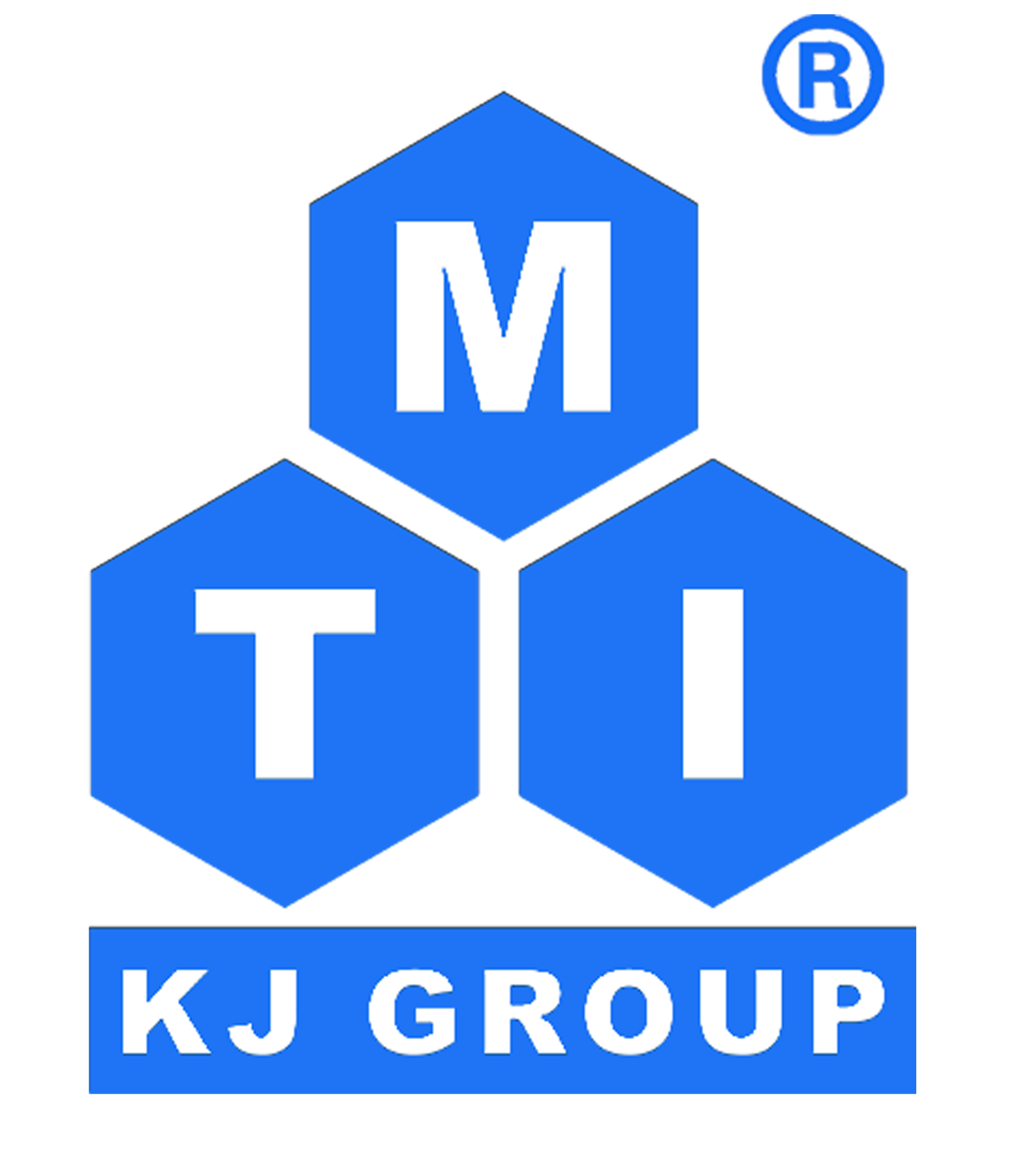Simulating the Microscopic World: From Schrödinger Equation to Large Atomic Models
Han Wang (王涵)
Institute of Applied Physics and Computational Mathematics, Beijing, China
This presentation reviews the historical development of atomic models, from John Dalton's atomic theory to the establishment of quantum mechanics, and the challenges faced by modern microscopic simulation methods. The focus is on the application of machine learning models in atomic-scale simulations, with particular emphasis on the Deep Potential Molecular Dynamics (DeePMD) model, which balances accuracy and efficiency in handling large-scale atomic systems. Additionally, the presentation discusses the limitations of existing machine learning models. To overcome these limitations, several attempts to create universal machine learning models are introduced, highlighting the difficulties in developing a multi-disciplinary, multi-task general model. Finally, the presentation proposes the DPA-2 Large Atomic Model (LAM), detailing its architecture, training methods, fine-tuning strategies, and knowledge distillation techniques, along with an initial establishment of a supporting workflow. The presentation demonstrates DPA-2's ability to generalize from a few shots and its accuracy in real-world applications. Concluding, the presentation introduces the OpenLAM initiative, an open-source project aimed at advancing the development of large atomic models.
Dr. Runhai Ouyang (DCTMD2024@163.com)












